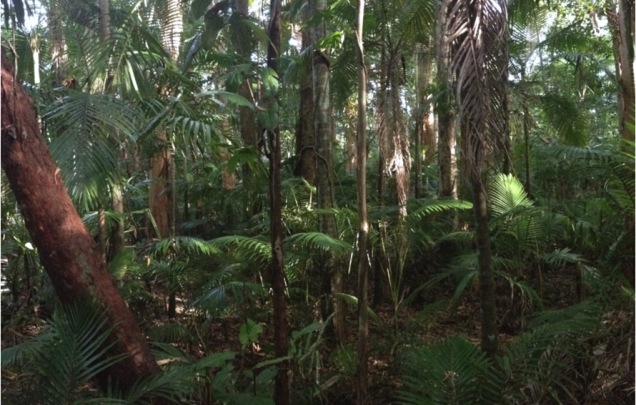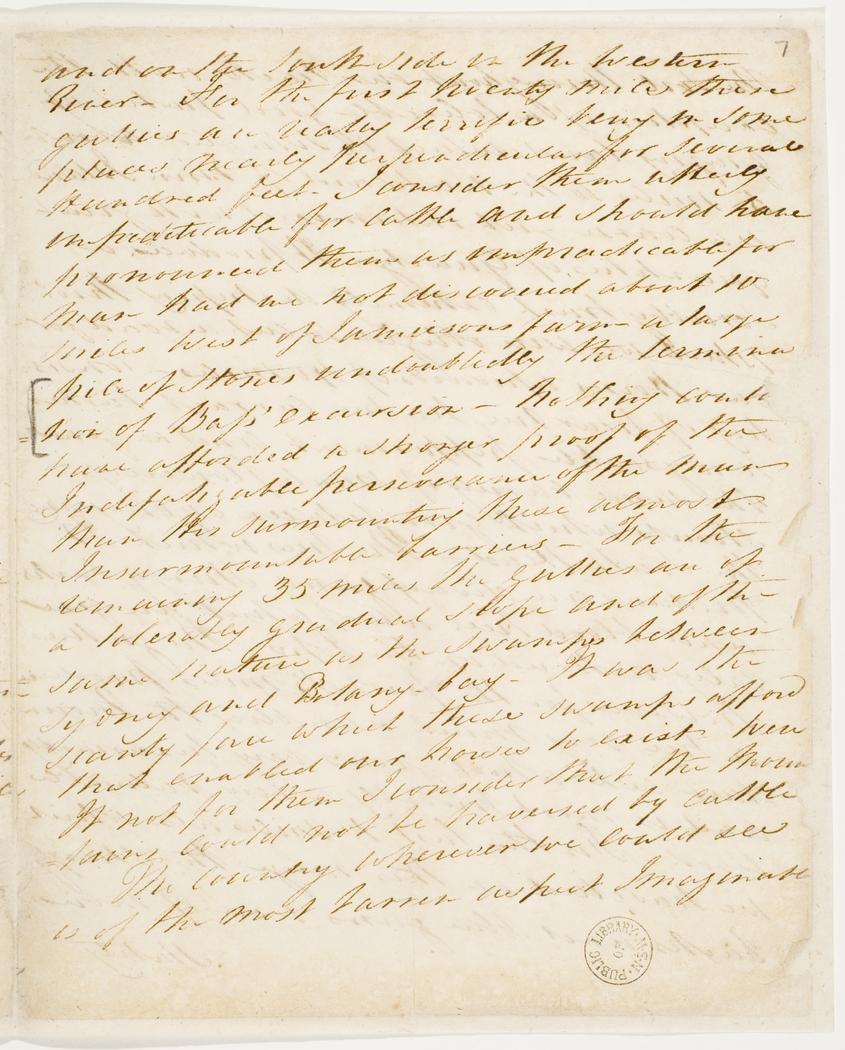Vegetation types
This is the student activity 1 of 5 of the The earth's environment: vegetation types learning activity.

Vegetation types

Factors such as climate, soil type and landform affect where plants grow. One of the major factors which affects the type of vegetation that can grow in a natural environment is rainfall. View the Bureau of Meterology Annual Rainfall map.
Areas with similar plants are called vegetation types. The main vegetation types in Australia (in simplified terms) are forest, rainforest, grassland and desert. Different types of trees, shrubs and grasses grow within each of these vegetation types and are specially adapted to the soil, rainfall and temperature in each area.
Wentworth’s description in Source 15 below as an example of this. Once you have read the extract, view examples of each vegetation type in Sources 16 to 19 in the downloadable resource. Describe the main groups of plants and other natural features in each vegetation type.
Source 15: Extract from page 8, William Charles Wentworth’s journal of an expedition across the Blue Mountains, 11 May–6 June 1813
The Soil throughout our track … produces a scrubby brush extremely distressing thro' which we were obliged to cut a road for our Horses upwards of 40 miles - consisting of pear tree, tea tree currant bushes honeysuckle peppermint and in general the same variety of small flowering scrubs which grow between Sydney and the South Head - The trees it produces are dwarf gums, stringy barks and blood trees all of which are generally withered on the Tops –
The gullies however for the first 15 miles produce a tree very much resembling the Mountain Ash which grows very luxuriantly and is most probably a very valuable Wood - For the last 10 miles also which we travelled on this range the stringy barks and the gums were of more stately stately growth altho' there is no visible alteration in the Soil
In the download resource there are a number of photographs. Fill in the descriptions of each environment represented by the photographs.